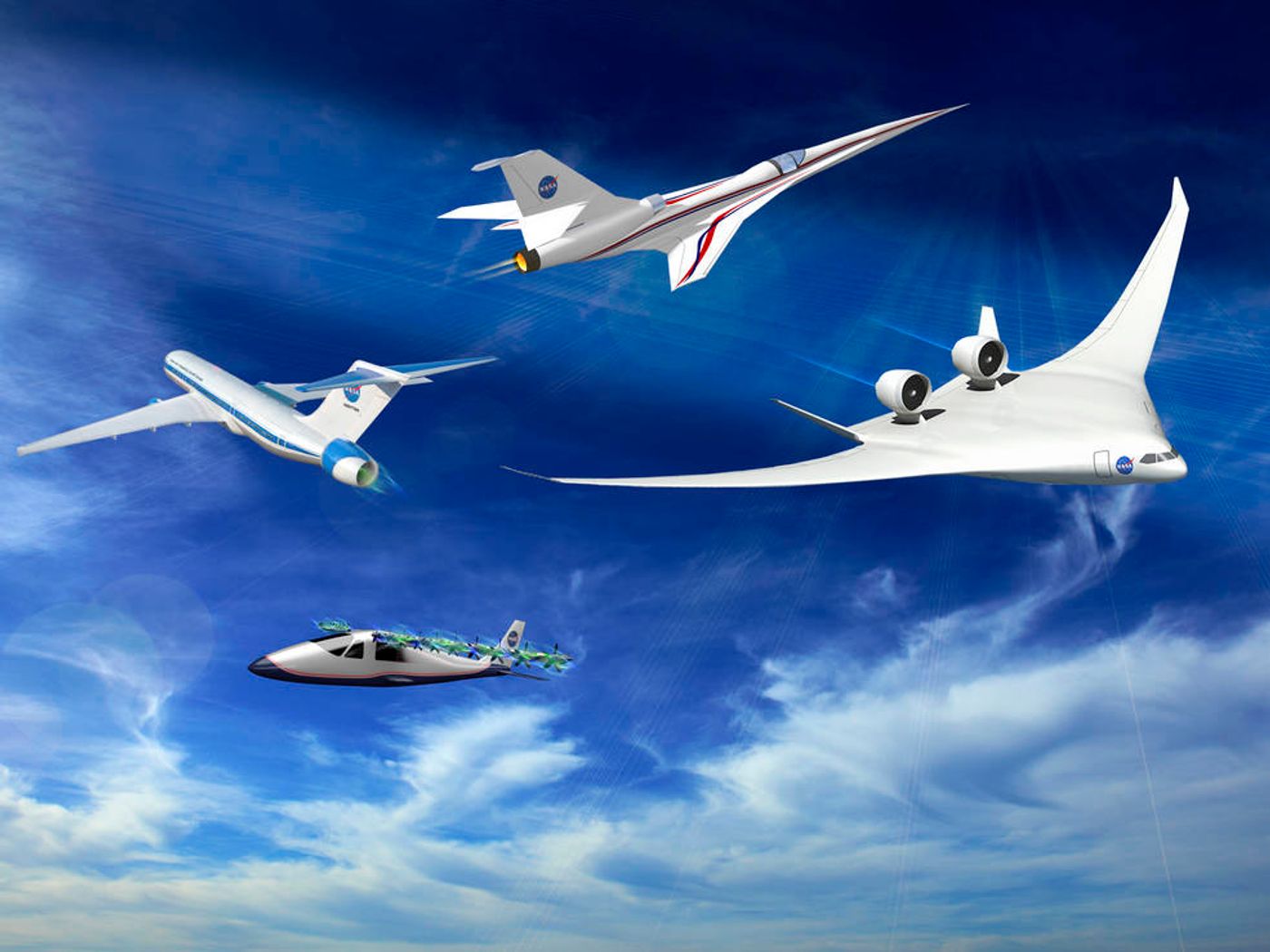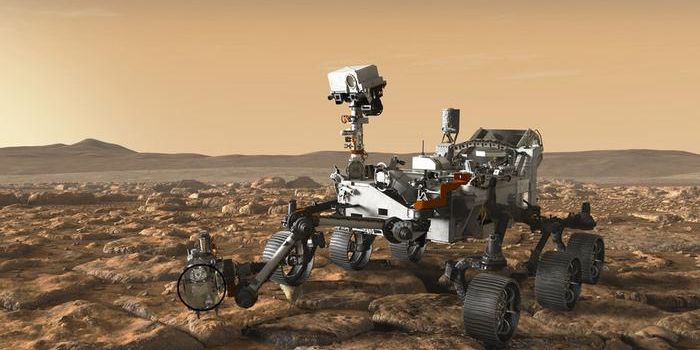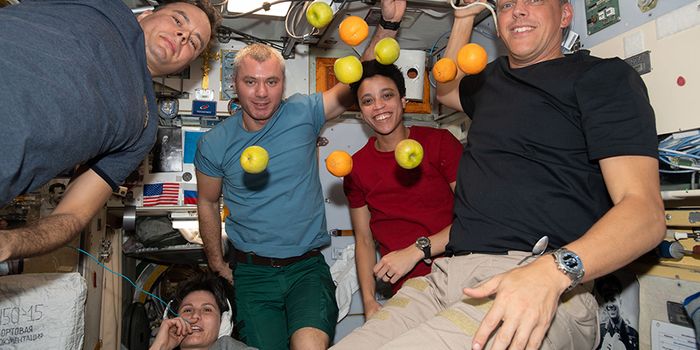NASA Proposes Reviving Old Plans for Futuristic X-Planes
NASA has wanted to design some higher-tech airplanes for commercial use for years, although budget constraints have limited the space agency’s ability to do so. Fortunately, the Obama administration has been very generous to NASA and is significantly improving the agency’s budget so more can be accomplished in less time.
Although moving astronauts onto Mars is certainly on NASA’s to-do list, NASA also appears to be interested in bringing back its X-Plane concept, in which NASA will work on developing futuristic commercial airplanes that are faster, more fuel efficient, and quieter.

"We're at the right place, at the right time, with the right technologies," said Jaiwon Shin, associate administrator for NASA’s Aeronautics Research Mission Directorate.
“The full potential of these technologies can’t be realized in the tube-and-wing shape of today’s aircraft. We need the X-planes to prove, in an undeniable way, how that tech can make aviation more Earth friendly, reduce delays and maintain safety for the flying public, and support an industry that’s critical to our nation’s economic vitality."
NASA notes that the budget plan will begin in October of this year and would span across a 10-year period for making aircrafts significantly more environmentally-friendly.
In terms of making the airplanes quieter, it will be good for not only the passengers on board, but also all the people who look up into the skies to find out where that ultra loud jet engine sound is coming from. NASA will work on making jet fans significantly quieter, as well as drag flaps. The bodies of the airplanes would also be completely revolutionized, taking on a hybrid wing body configuration with engines at the top of the craft.
Moreover, special coatings for the airplanes will keep bugs and residue from building up on the surfaces of aircrafts, which combined with fuel savings, could add up to $255 million over the course of the next 25 years.
“This is an exciting time for the entire NASA Aeronautics team and for those who benefit from aviation, which, frankly, is everyone,” Shin said. “With this 10-year plan to accelerate the transformation of aviation, the United States can maintain its status as the world’s leader in aviation for many years to come.”
With the additional budget NASA has been given, it should be very interesting to see where airplanes of the future are headed.
Source: NASA
-
MAY 07, 2024Is It Anti-RNP or Anti-Sm/RNP?
- See More
-
APR 30, 2024Immuno-Oncology Virtual Event Series 2024
-
MAY 07, 20243rd International Biosecurity Virtual Symposium
-
JUN 06, 2024The Future of Scientific Conferencing
- See More

















































